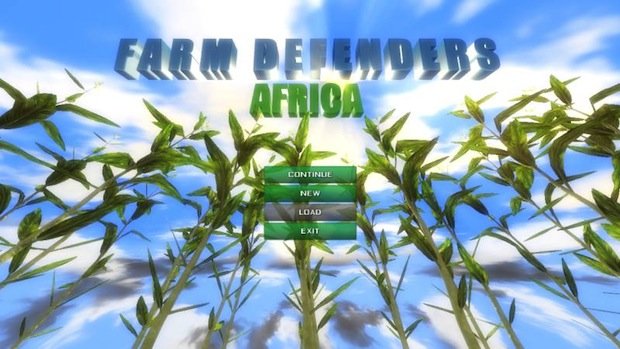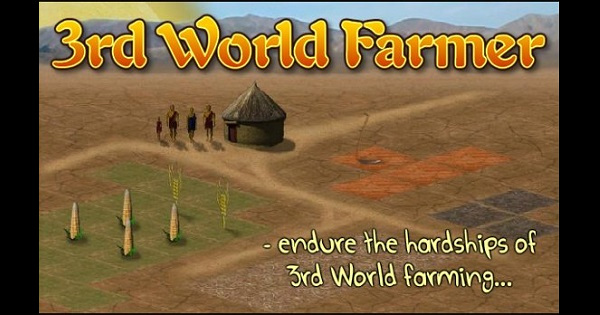

It will also work just fine as an individual assignment in-class or at home, and that will allow students to share their different experiences from the game and learn from each other. In the latter case you could duplicate my experience, not letting the students know that you can click on the family members and give them more options, and then playing it through again with that information.
#3RD WORLD FARMER SIMULATION HOW TO#
It might work well as a team game, where the students act as a family and make collective decisions about how to build their farm it could also work as a professor walkthrough, where the class collectively indicates how the professor should set up the farm. Unlike Ayiti, then, which is fun to play multiple times but does not necessarily add anything, 3rd World Farmer really benefits from multiple plays. Fixing my strategy and creating a ‘winning’ situation was made more satisfying as a result, and showed the real difference that the ‘social services’ make in protecting you from the worst of the random events. Frustration from the random events that destroy what you build, the need to send family members away for quick cash, and inability to create lasting wealth is important, as it creates a learning opportunity for the cycle of poverty and why it is not easily overcome. Unsurprisingly the game was more fun when I wasn’t losing drastically, but as we stress here on the blog, the learning is in the losing. The first few social services help, but the representative is really key to project your crops and savings from outside forces. Livestock remains each turn but crops need to be replaced, so eventually I had a nice herd of pigs and cattle, and eventually two elephants, while I continued to diversify my crops, relying more on peanuts and cotton, and building better tools. I kept doing this until eventually I bought some tools, then a shed and well so I could buy pigs (i skipped the chickens–luckily too, as the turn that I bought pigs there was a chicken plague). I diversified immediately, using the starting $50 to buy 1-2 of each crop. My first victory was at least partially a fluke. ETA: I’ve since played a few more times, and even making these corrections, I lose the game 80% of the time. Invariably, the random events that happen each turn meant that my crops would fail, refugees or guerrillas would steal my tools or livestock, or corrupt officials would take my savings. I bought a couple of scythes, then moved quickly to chickens, the lowest profit livestock. I focused on planting lots of low risk, low profit crops like corn and wheat, and ignored the high-risk, high-profit peanuts and cotton. The second reason i failed was my failure to diversify my crops. Knowing that would have helped, but the first few times through the game I ran out of money so quickly that school and medicine were pipe dreams.

This was due to two things: first, I did not realize that I could click on my people and that doing so gave me options such as giving them medicine, having a baby, marriage, or sending people to school. My entire family was dead in 10 or 12 turns. My first few times playing this game I failed–utterly. In its main objective, the game is more effective when you fail than when you succeed. The goal of the game is unclear, other than learning the challenges of farming while dealing with droughts, civil war, and health problems, but the game ends when you buy all six social services (communications, roads, clinic, school, representative, and crop insurance). Each turn you choose how to invest your funds–in crops (corn, wheat, cotton, or peanuts, with varying profits and risks), livestock (chicken, pigs, cows, elephants), tools (shovels, scythes, plows, tractors, harvesters), structures (sheds, wells, barns) and social services.

This week’s game is 3rd World Farmer, a neat game where you play as a farming family in an unidentified developing country. Last time, I discussed a neat online game called Ayiti: The Cost of Life, which simulates life for a poor family in Haiti.


 0 kommentar(er)
0 kommentar(er)
